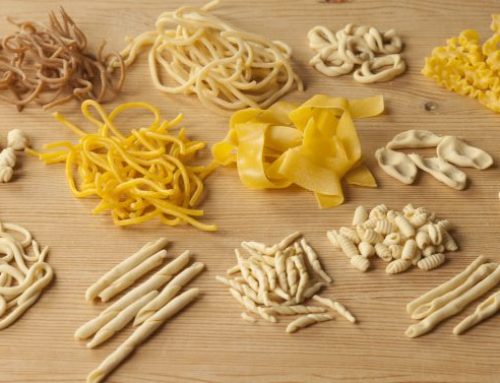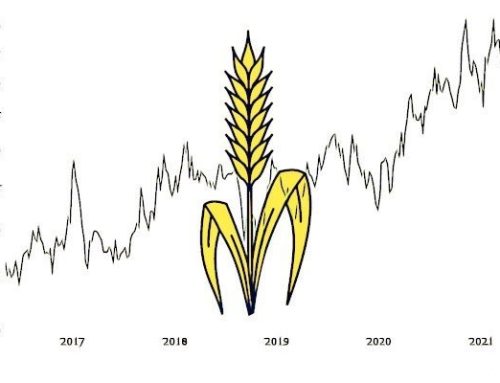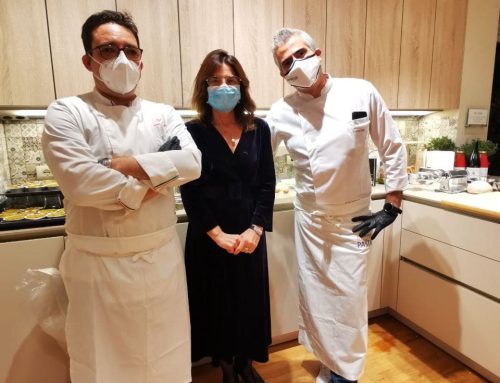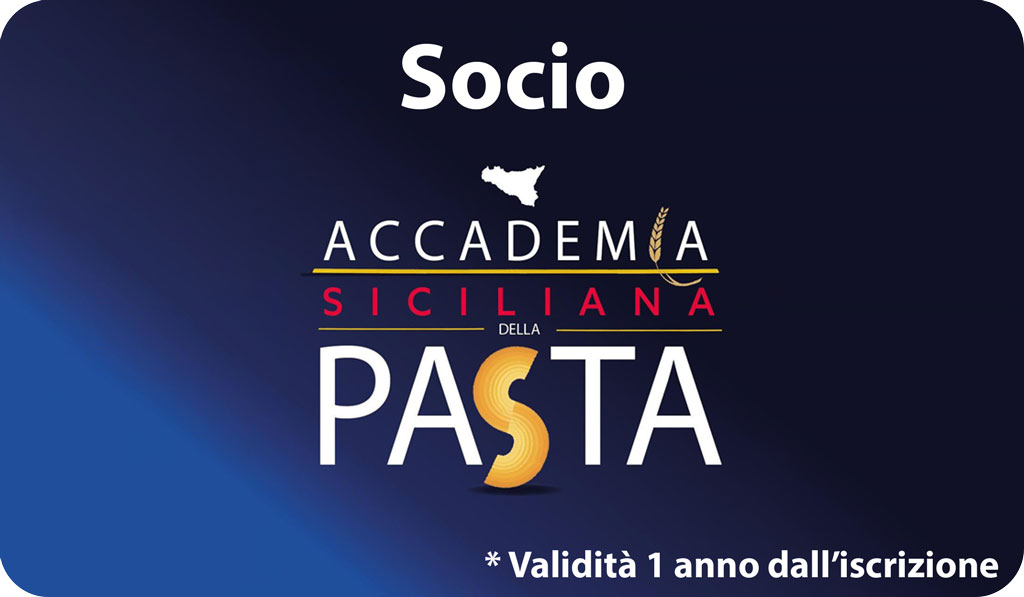Giuseppe Russo
Researcher at the Gian Pietro Ballatore Research Consortium

Over the years, European policies have built a cultural and social fabric that runs through our lives and which, thanks to the definition of norms, values and identities, influences our way of life and, in spite of ourselves, our future.
This reality, which belongs to about 740 million individuals, sees the agricultural and agri-food sector as one of the most important scenarios in which the political decision-maker has defined specific regulatory tools to protect the identity and value of agri-food production. Among these instruments are the Reg. CE n. 2081/1992 e n. 1151/2012, within which the DOP, IGP and TSG marks are established, which certify the link and identity of some productions with a specific territory.
Italy, with a total of 293 products, is among the European countries the one that boasts the highest number of DOP, IGP and TSG certifications. Scrolling through the list of these products, however, a not easily understandable absence immediately catches the eye, relating to a product for which the birth and the link with the territory has been documented for over a millennium of history: Sicilian pasta.
Dry pasta, as we know it today, was born in Sicily. The Arab geographer El Idrisi wrote about it in the year 1100 in one of his territorial reports produced for King Roger II; in particular he tells how a production plant near Trabia, in the province of Palermo, produced pasta in the shape of threads (spaghetti) which was dried in the sun and then marketed throughout the Mediterranean basin. Since then we have traced how pasta began to gain an international dimension, thanks to the work done by the Sicilians, which has continued to this day.
The experience of cereal growing in Sicily originates with the invention of agriculture in the Fertile Crescent, about 12,000 years ago. From that area, the first cultivable cereal seeds also spread to the Mediterranean basin. We know that the first wheat cultivated by man in Mesopotamia, the Einkorn wheat, was then cultivated on the island in the Neolithic and also in the pre-Hellenic era. With the Romans, in addition to Monococco, Spelled was also cultivated in Sicily, a species already similar to durum wheat for its genetic structure. It was the Romans who decided that the island would become a real territory of large-scale wheat production, with the aim of generating a condition of wealth and prosperity for the entire empire.
Sicily also played an important role in the so-called “wheat battle” of fascist origin, with the incessant work of Ugo De Cillis who, in the midst of the green revolution, collaborated with Nazareno Strampelli, commissioned by the fascist government to implement a path of improvement genetics of wheat to ensure that Italy freed itself from the economic dependencies of foreign grain supplies. De Cillis studied the local Sicilian varieties, a source of genetic biodiversity and an example of adaptation to the Sicilian territory, which we continue to cultivate even today and which we improperly call “ancient grains”.
In the flea markets and antiques, you can find some beautiful prints of the labels of the pasta factories that operated in Sicily in those years, with references to the regional territory and the production of pasta shapes to be also destined for foreign markets. Still in the RAI display cases (formerly the Istituto Luce) there are films that tell how since the 1950s the Sicilian durum wheat supply chain was considered “irreplaceable” for the production of quality semolina and pasta.
In short, pasta and its raw material, durum wheat, have deep roots in the history of the island and are elements that intertwine in an environmental and cultural unicum, which are the result of a complex succession of historical facts and interaction with specific conditions environmental.
Yet today, around the world of Sicilian pasta, some paradoxes are condensed that are difficult to justify, especially in light of the values that the European Union proposes in terms of protection and recognition of agri-food traditions. The first, most striking, is the absence of a DOP or IGP recognition for the product in question, whose links with the territory are confirmed by numerous bibliographic sources and databases.
Decades of monitoring of the commodity quality carried out by the Research Consortium Gian Pietro Ballatore, have shown how Sicilian durum wheat has a peculiar qualitative profile, different from that produced at other latitudes or in other territorial disputes (very high Ethtolithic weight above 82 kg / hl, Yellow Index high compared to the national average, Proteins that hardly exceed 13%, very low grain moisture at harvest and less than 10%, absence of mycotoxins). Other investigations, in progress, have shown that a category of compounds with antitumor activity, the Lignans, is particularly rich in wheat grown in Sicily compared to the values reported in the literature for other samples collected in other environmental contexts.
All this is the result of the interaction between the wheat varieties locally spread in Sicily, the regional climatology, the specific cultivation techniques used in the particular regional agricultural system, which already Prof. Gian Pietro Ballatore, of the University of Palermo, in his writings on Mediterranean agronomy in 1960, he described as “a disorderly and twisted succession and intertwining of isolated mountain and mountain systems, similar to huge breakers in a stormy sea”.
This varied and complex environmental system is the basis of the wide bioclimatic variability and the marked pedological heterogeneity that characterize the Sicilian ecosystem; these elements are capable of exerting selective pressure on the adaptation of local wheat varieties, which farmers have selected and maintained over the years and which have generated the aforementioned genetic biodiversity of local varieties.
A further element that strengthens the link with the territory of the Sicilian Pasta supply chain is precisely the use of local varieties (ancient grains), which are the Sicilian response to the guidelines that the EU has expressed in terms of containment of genetic erosion and protection. of biodiversity in agriculture (Dir. 2008/62 / EC of 20/06/2008 and Dir 2009/145 / EC of 26/11/2009).
With reference to the consumption of pasta, Sicily has a world record that with an average annual consumption per capita of about 40 kg makes Sicilians consider the real “macaroni eaters” of the planet. Indeed, this figure is almost double that recorded for Italy which, with an average of 23 kg per capita per year, ranks first in the world in terms of consumption, followed by Tunisia (17 kg per capita per year) and Venezuela (12 kg per capita per year). Yet despite this world record, the pasta market in Sicily is (another paradox) mainly the prerogative of the well-known brands of national importance, which in the large-scale retail trade (Large Organized Distribution) occupy a greater extent in linear meters, in the shelves dedicated to of regional pasta factories.
Another paradox still concerns recent history. The land that “invented pasta” has seen a structural weakening of the cereal supply chain in recent years as a result of the gradual closure of large pasta factories, which have been reduced over the last fifty years from 45 to just 5 factories. This condition has weakened the supply chain’s ability to locally drain part of the production; today, in fact, of the approximately 8 million quintals of durum wheat produced annually on the island only half is able to be transformed into the regional market; the remainder is addressed to extra-regional markets such as Puglia and North Africa. Unfortunately, the disappearance of large pasta factories is not counterbalanced by the recent phenomenon which sees the birth of numerous small artisan pasta factories (with static drying), specialized in the production of niche products. In general, it takes 50 to 100 small artisan pasta factories to absorb the same processing capacity as a large industrial plant; every time a large pasta factory closes in Sicily, there is therefore a risk of further weakening the supply chain and erasing an important piece of the history and culture of our people.
These are the paths around which to build the proposal for the PDO or PGI recognition for “Sicilian Pasta”, which not only represents an attempt to consolidate the economy of one of the most important food chains in the region, but expresses the wider intent to protect the history and the set of cultural values associated with the world of wheat. Because, as the Roman emperor Marcus Aurelius said, “everyone is worth as much as the things they give importance to”; and this is the reason why Europe is not just an “economic territory”, it is much more.






Leave A Comment